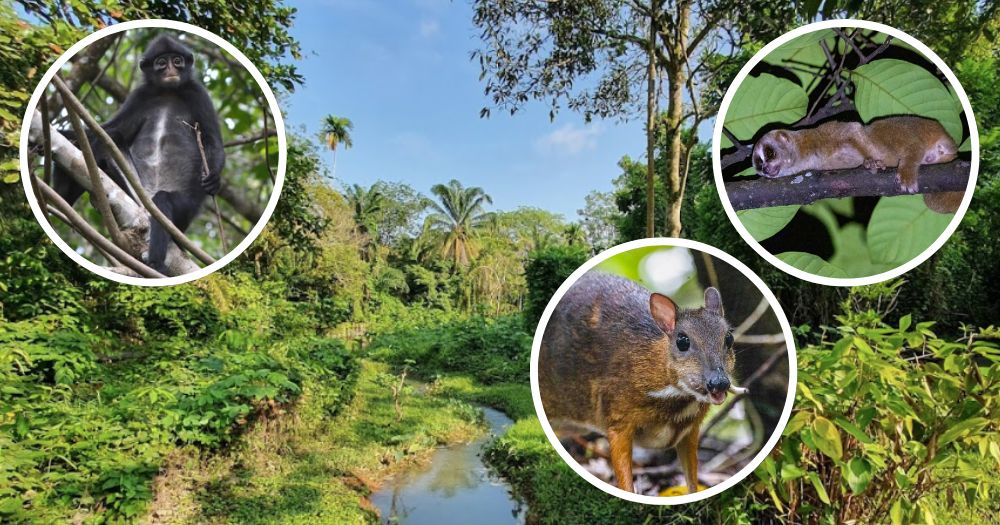Follow us on Telegram for the latest updates: https://t.me/mothershipsg
The Land Transport Authority (LTA) has been studying the environmental impact of the second phase of Cross Island Line development works.
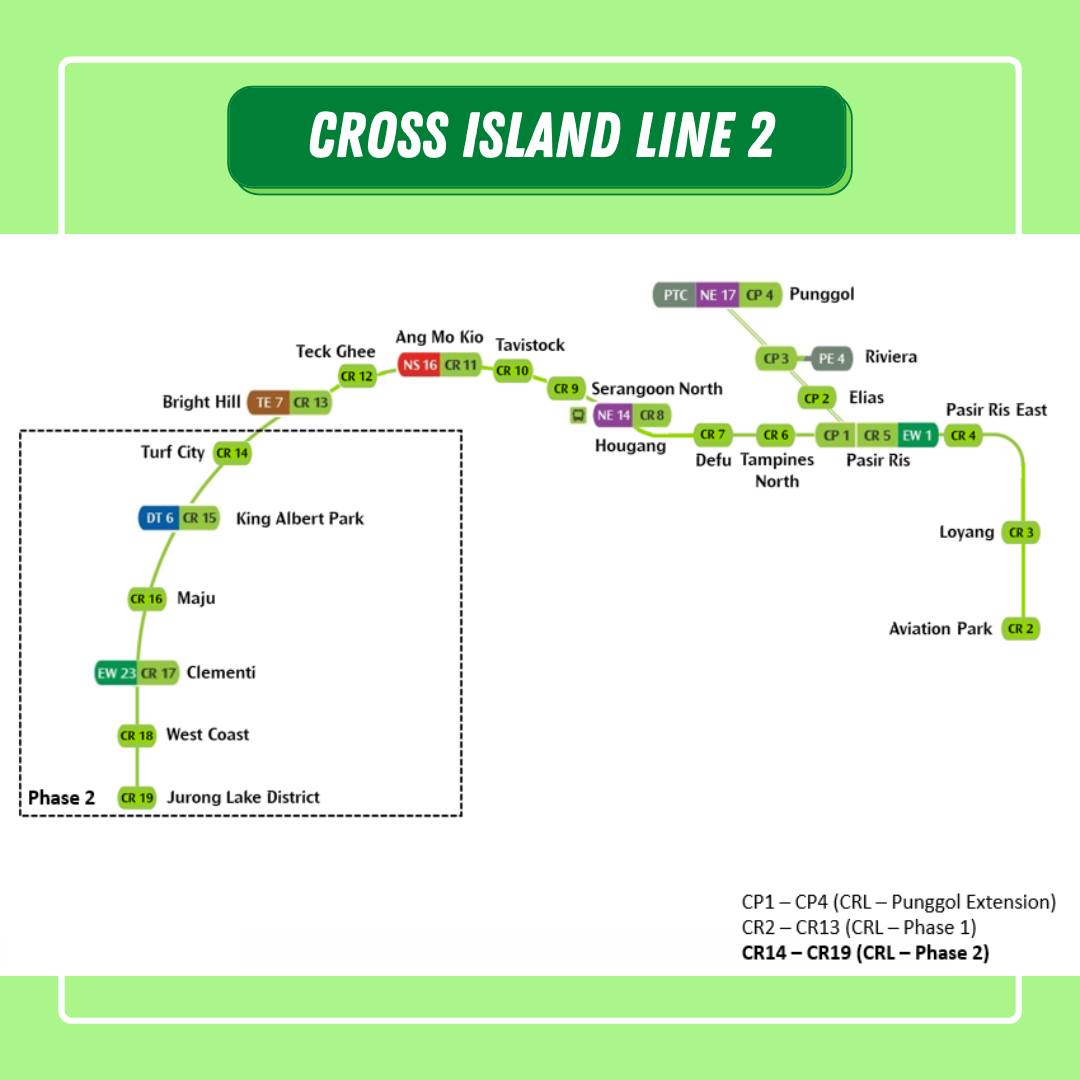 Image by LTA/FB.
Image by LTA/FB.
Through engagement sessions with relevant stakeholders like nature groups, LTA has been able to reduce the impacts in numerous areas.
However, major impacts to the environment can still be expected at some forested sites along the line.
Reduce impact by optimising size of worksites
After LTA's engagement efforts, many of the worksites were significantly reduced in size or relocated to cover less forested areas.
For example, one worksite in Windsor shrunk from 15,000 m2 to 7,000 m2 and was partially shifted into the adjacent Singapore Island Country Club.
This study area is home to locally endangered fauna like the Sunda slow loris, Lesser mousedeer, Horsfield’s flying squirrel and Sunda pangolin.
 Image via
Image via
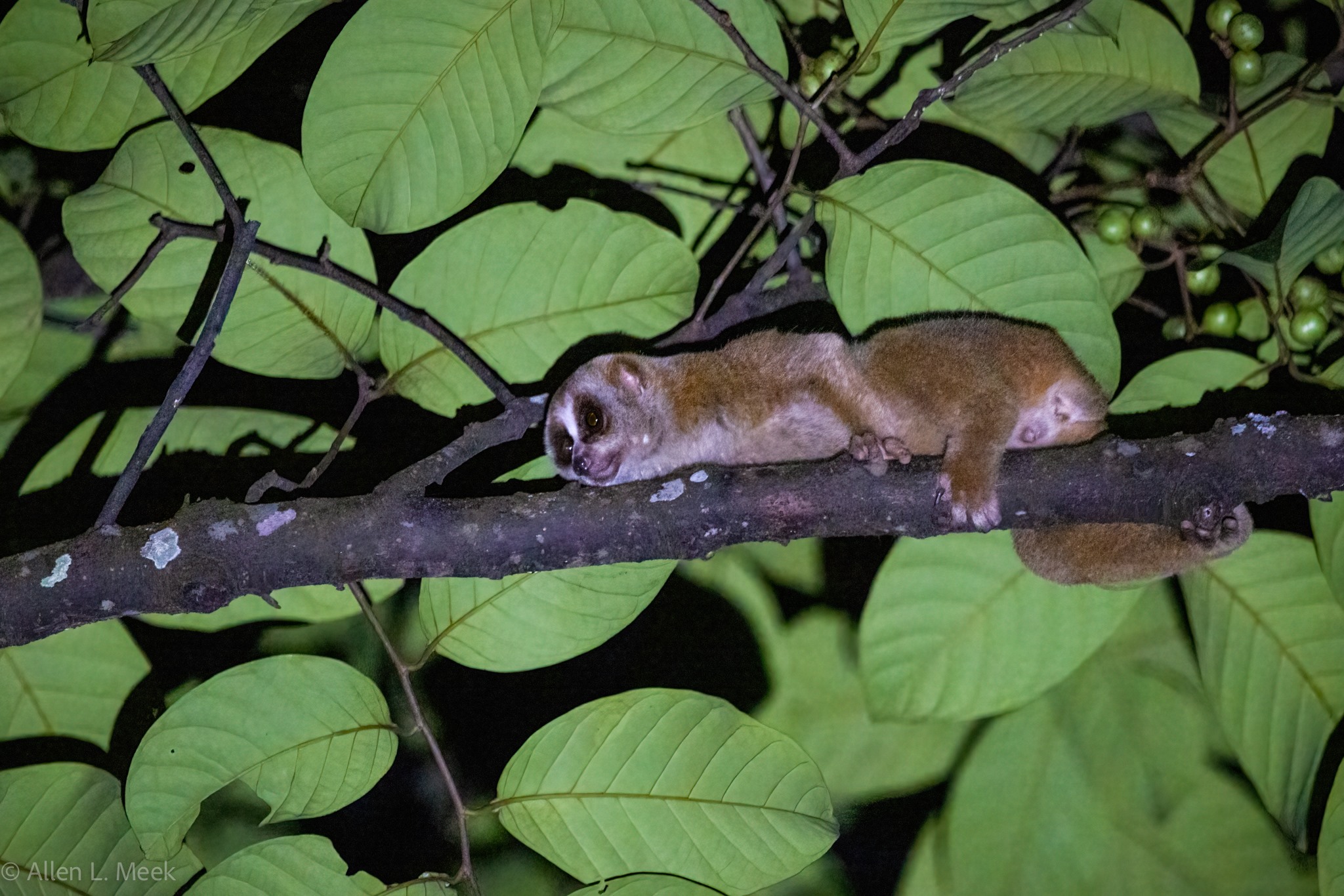 Sunda slow loris. Image by Allen Meek/FB.
Sunda slow loris. Image by Allen Meek/FB.
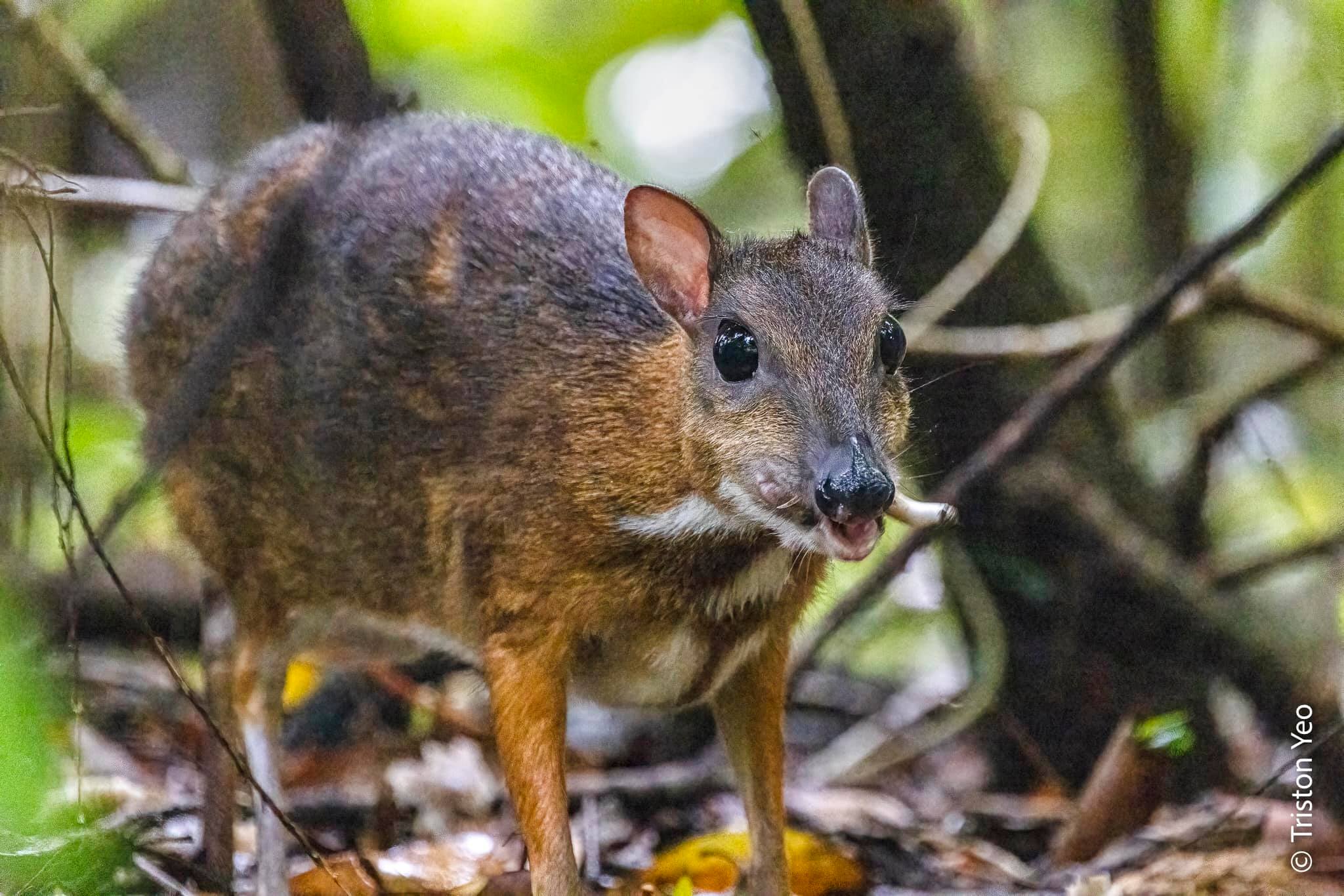 Lesser mousedeer. Image by Triston Yeo/FB.
Lesser mousedeer. Image by Triston Yeo/FB.
The forest canopy is also an important crossing for the critically endangered Raffles Banded Langur, which has a restricted home range in the Central Catchment Nature Reserve.
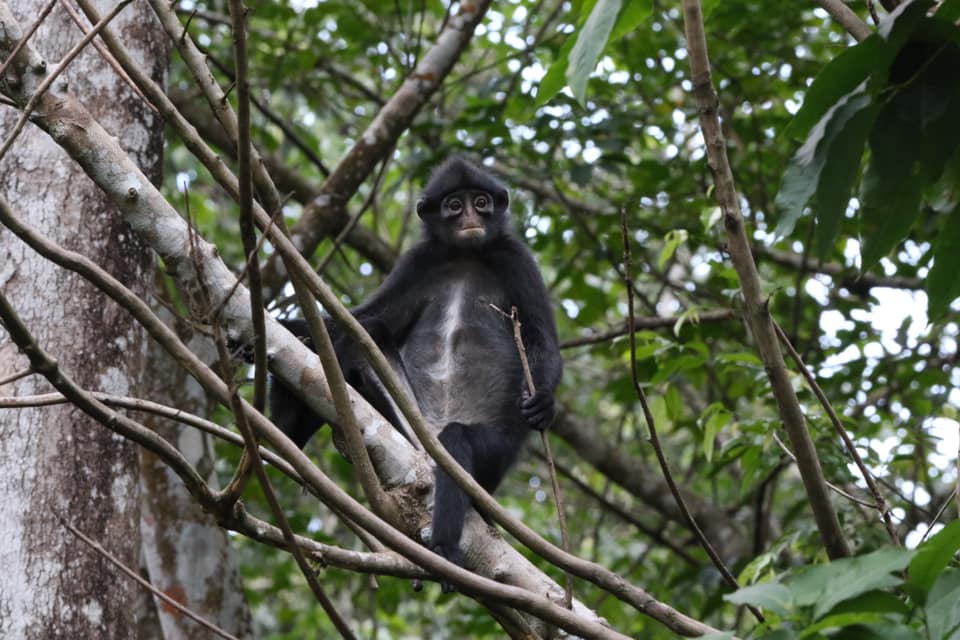 Image by Raffles' Banded Langurs Working Group/FB.
Image by Raffles' Banded Langurs Working Group/FB.
The future Maju station, initially planned to be located in Clementi Forest, has been moved to be underneath Clementi Road to avoid affecting the area which has high conservation value.
Another worksite was moved out of Eng Neo Avenue Forest completely.
Such decisions helped minimise biodiversity impacts to negligible or minor ones for many sites.
However, permanent habitat loss is still expected in one part of Clementi Forest due to clearance for a worksite and its disturbance to a water stream.
Irreversible large-scale impact to Windsor
Similarly, "major" environmental impacts can still be expected in Windsor due to land clearance during construction.
This is due to the mortality of six flora species, five of which are considered high ecological value as they are of conservation significance. Among the five, two are locally vulnerable tree species.
The remaining species is the Tembusu, a slow-growing native tree species.
Additionally, the site is high ecological value habitat and is potentially important canopy connection for arboreal species to travel between forested areas.
According to the study's metrics, "major" impacts are considered long term and large-scale spatial changes that are irreversible.
In terms of biodiversity, these changes could cause "substantial reduction in size of species population and threaten species long term viability", said the study.
Clearance of freshwater swamp in Holland Plain
The study found areas of "high conservation value" in Turf City and Holland Plain, including a particularly unique freshwater marsh habitat which will be completely removed.
Though only 0.3 hectares in size, the marsh is "immensely valuable" due to the increasing rarity of freshwater marshes in Singapore.
Formed naturally over 40 years, it is an important habitat to amphibians and dragonflies that only live in certain marshes, such as the uncommon Crenulated spreadwing and the locally endangered Restless demon.
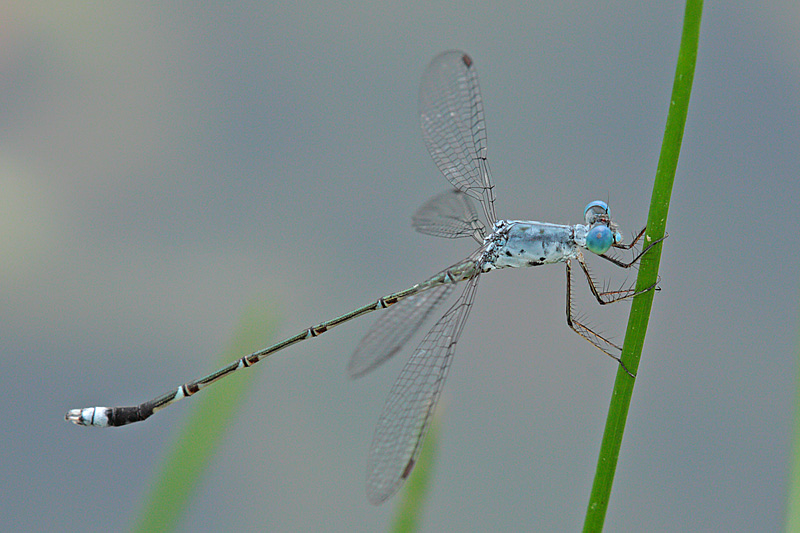 Crenulated spreadwing. Image courtesy of Anthony Quek.
Crenulated spreadwing. Image courtesy of Anthony Quek.
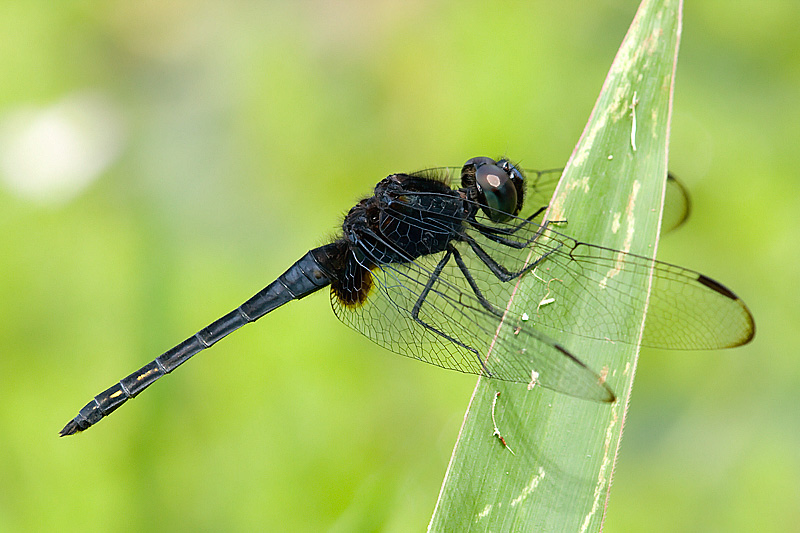 Restless Demon. Image courtesy of Anthony Quek.
Restless Demon. Image courtesy of Anthony Quek.
Though it would be difficult to recreate it artificially, the study suggests that a new marsh habitat is created to compensate for the loss of habitat.
Across all the sites, the study suggested multiple mitigation measures.
In Windsor, it proposed implementing rope bridges across Island Club Road for ecological connectivity for arboreal and non-gliding mammals.
Other suggestions include transplanting and harvesting flora of conservation significance, implementing road calming measures for animal crossing, inspecting trees before felling and enacting wildlife response plan when animals are encountered during the work.
For all sites, the study concluded that mitigation measures crafted in consultation with LTA and nature groups has already mitigated the potential environmental impacts of the project "as low as reasonably practicable."
Nature groups respond to LTA's plans
Shawn Lum, President of Nature Society (Singapore), told Today he was "pleased" about LTA's plan to move worksites away from more ecologically sensitive areas and the reduction of land used to build shafts down to the tunnel.
He told The Straits Times the group met regularly with LTA to discuss the line since 2013. The group helped to fine-tune plans such as shifting worksites to avoid building across documented routes for wildlife.
Lum noted that the effort by the government to include nature groups in the process was a drastic improvement from 2013, when the announcement of the Cross Island Line took the nature community by surprise.
Vilma D'Rozario, co-director of the Singapore Wildcat Action Group, said that she was glad that an important habitat with a concentration of native pitcher plants at Holland Plain will escape the development.
Primate researcher Andie Ang also welcomed the relocation of the Windsor worksite, as it meant that a part of the habitat of the critically endangered Raffles’ banded langurs will be protected.
Cross Island Line
The Cross Island Line is Singapore's eighth MRT line. It will be completed in three phases and the first phase is currently in early stages of construction.
The line drew much controversy when it was announced in 2013 as it was planned to run directly under the Central Catchment Nature Reserve.
Nature groups preferred the line to skirt around the reserve, but this option would increase the travel time for commuters by six minutes and would cost an additional S$2 billion.
The final decision to run the line through the reserve was made in 2019 after years of consultation with stakeholders like nature groups, advisors and grassroots leaders.
You can read the environmental impact studies for phase two of the project on LTA's website.
You can share your feedback on the reports to LTA here.
Related stories
Top images by Wai Hong Lee/Google Maps, Triston Yeo/FB, Raffles' Banded Langurs Working Group/FB, Allen Meek/FB.
If you like what you read, follow us on Facebook, Instagram, Twitter and Telegram to get the latest updates.
